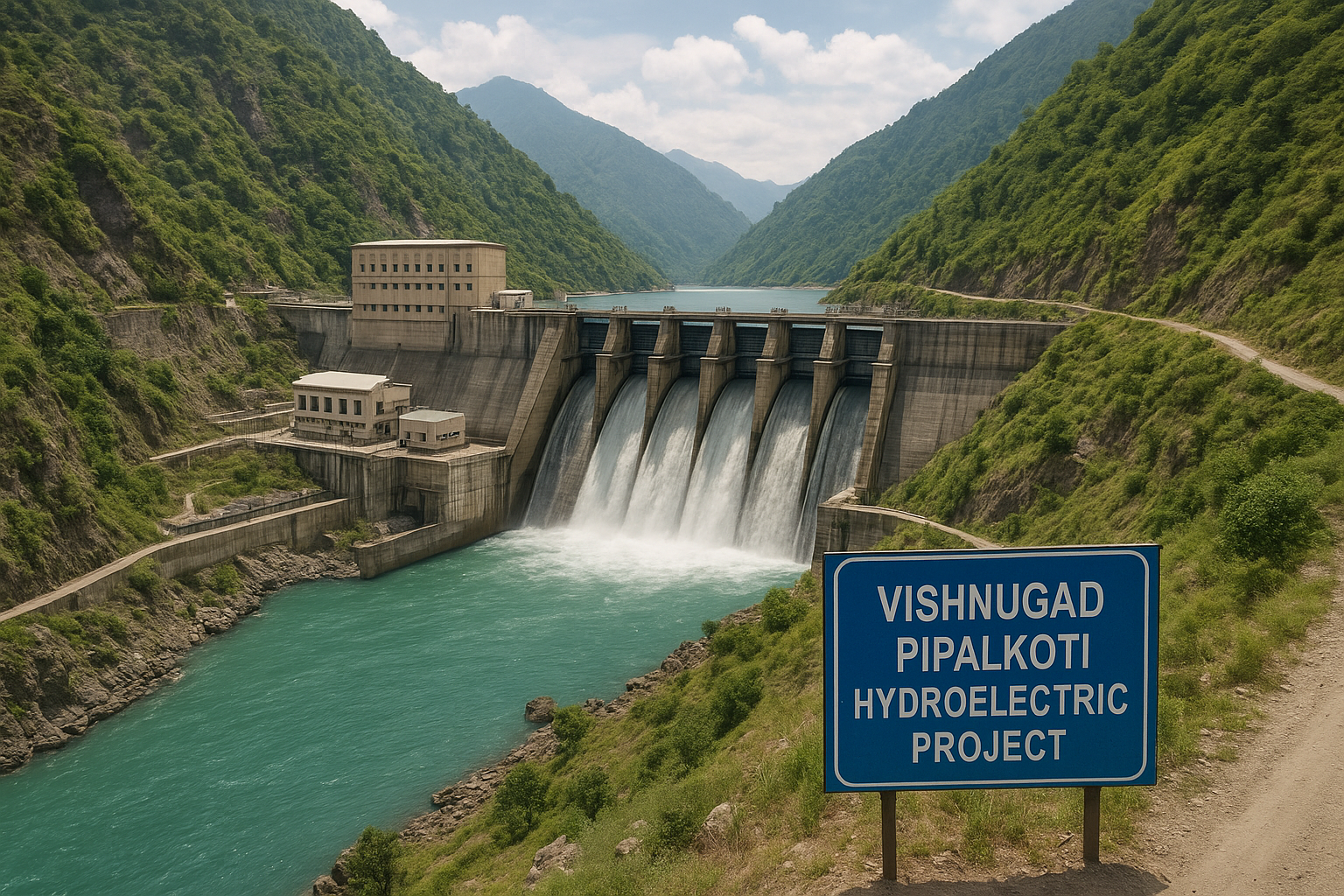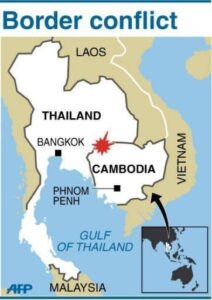Introduction
In July 2025, Prime Minister Narendra Modi addressed Namibia’s National Assembly during his visit to the country. His speech stood out not only for its political content but also for its cultural sensitivity. Quoting a Namibian poet, referring to Namibia’s national plant Welwitschia mirabilis and the Springbok, and even speaking in Oshiwambo, he won applause and laughter from the audience. This symbolic outreach reflects India’s evolving approach towards Africa—an approach rooted in respect, cultural understanding, and long-term partnership, rather than conditional aid or episodic presence.
India’s Distinctive Approach vs Western Engagement
Western model: Often tied to conditionalities such as governance reforms, migration control, and aid-based dependency. Episodic in nature, with frequent withdrawals (e.g., USAID cutbacks).
Indian model: Quiet, adaptive, partnership-based. Focuses on alignment over instruction, long-term trust, and culturally grounded engagement.
This difference makes India’s diplomacy more appealing in many African nations, including Namibia.
India’s Three-Step Logic in Namibia
Shared Historical Solidarities
India supported Namibia’s liberation struggle by hosting SWAPO’s first-ever diplomatic office in New Delhi.
Lt. Gen. Diwan Prem Chand, an Indian Army officer, commanded UN peacekeeping forces during Namibia’s transition to independence.
These reminders reinforce India’s long-standing solidarity against colonialism and strengthen historical trust.
Pragmatic Present Cooperation
Bilateral trade between India and Namibia currently stands at $800 million—modest but growing.
India has a $12 billion development partnership across Africa.
In Namibia, India has invested in capacity-building projects, such as:
The India–Namibia Centre of Excellence in IT at the Namibia University of Science and Technology.
The ‘India Wing’ at the University of Namibia’s Ongwediva campus, built with a $12 million grant.
These projects target Namibia’s youthful population and growing digital readiness.
Future-Oriented Knowledge Diplomacy
Namibia became the first African nation to adopt India’s Unified Payments Interface (UPI).
This is a landmark in India’s tech diplomacy, offering not just digital tools but also regulatory frameworks and scalable digital infrastructure.
If successful, this model could be replicated in other African states, making India a leader in exporting Digital Public Infrastructure (DPI).
Why Namibia Matters for India
Political stability: Namibia’s democratic credentials make it a reliable partner.
Mineral wealth: As a leading uranium producer, Namibia is strategically important for India’s energy security and low-carbon growth.
Technological potential: With rising internet penetration and a youthful demographic, Namibia is ideal for digital partnerships.
Global South vision: Namibia echoes India’s demand for reform in global economic and financial systems, aligning with India’s broader agenda of a fairer world order.
Challenges and Missed Opportunities
Diplomatic gap: PM Modi’s visit was the first in nearly three decades by an Indian head of government—reflecting uneven engagement.
Limited outcomes: Only two MoUs were signed—on entrepreneurship and health. Namibia also joined the Global Biofuels Alliance and the Coalition for Disaster Resilient Infrastructure, but these are modest achievements compared to the potential.
Mineral resources issue: Despite Namibia’s uranium reserves, no major agreement was signed on strategic minerals, workforce development, or value addition. This remains a missed opportunity for India’s energy diplomacy.
Implementation concerns: India’s Africa policy has often been criticised for good intentions but weak follow-through. Ensuring consistent political and institutional engagement is essential.
The Road Ahead: Beyond Symbolism
The upcoming India–Africa Forum Summit (IAFS) could be a turning point to:
Institutionalise partnerships with Africa.
Expand cooperation beyond symbolic gestures.
Formalise long-term frameworks in minerals, digital infrastructure, education, and climate action.
For credibility, India must:
Ensure consistent diplomatic presence.
Deliver on promises with sustained investment.
Address operational gaps at home to match its global ambitions.
Conclusion
India’s engagement with Namibia is a case study in its new Africa approach—grounded in cultural respect, historical solidarity, pragmatic cooperation, and future-oriented digital diplomacy. While the symbolic gestures are important, the true test lies in consistent follow-through and strategic vision.
If India successfully deepens its partnership with Namibia—politically, economically, and technologically—it can set a template for durable South–South cooperation and strengthen its leadership role in the Global South.






